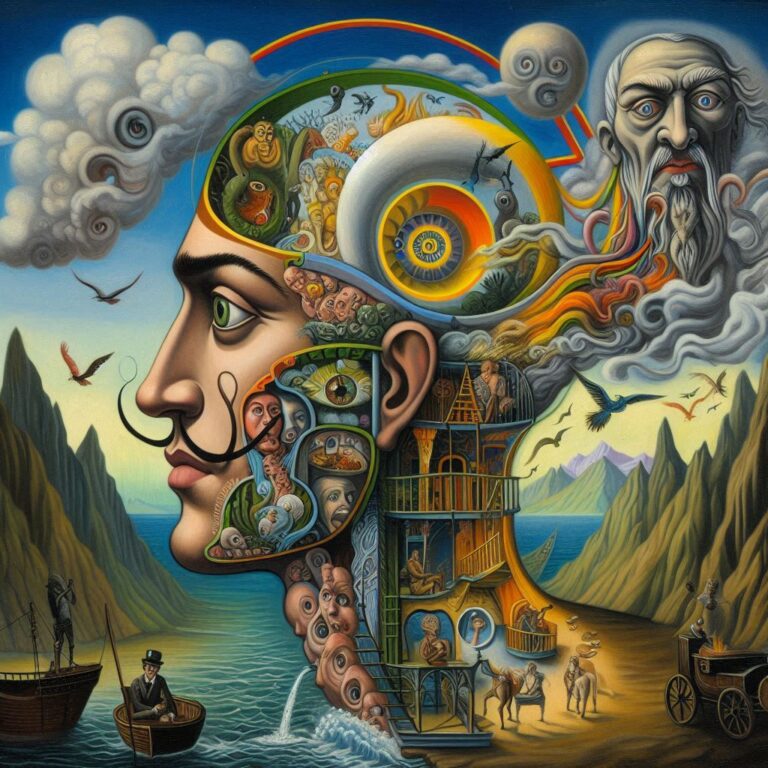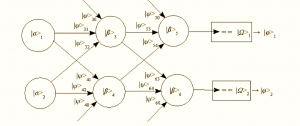From an impersonal distance, watching other people make decisions is always interesting. They may apply reason and passion in varied measures to figure out a way forward, or a lifestyle, or even fashion choices. Often they mindfully weigh the choices and decide to moderate even that process, committing to a radical path that has drama and uncertainty. It’s sometimes better to be interesting than cautious and correct. As a virtue this recalls the romantic movements that arose in opposition to the mechanization of the 19th century as trains and steamships criss-crossed the world. Order and peace were at odds with drama, passion, faith, and love that are somehow in our core, animalistic nature.
Motifs of uncertainty crept into science and reason as we transitioned into the 20th century, from the stochastic rumble of thermodynamics, to the realigning of basic concepts like gravity as a space-time curvature, and then the wave-particle duality of quantum reality. The clockwork of the universe that was so oppressively mechanistic showed fuzzy edges and knotty intersections that defied ordinary-scale expectations. The combined mathematical realizations of incompleteness and algorithmic uncomputability overlaid the investigations of the physical to such an extent that new theories were developed that proposed that the quantum world and mind are inextricably laced together; subjective and objective do not exist independently.
Even as our knowledge and management of the universe has grown, there is a background roil of irrationality, like the primal chaos of Tiamat. Human thought has a collection of ways of organizing the world that appear to be natural consequences of our social development. Religious belief is a widespread catalyst for building predictable and supportive communities by slaving our baser tendencies to coordinating strictures, obligations, and status maintenance.… Read the rest








